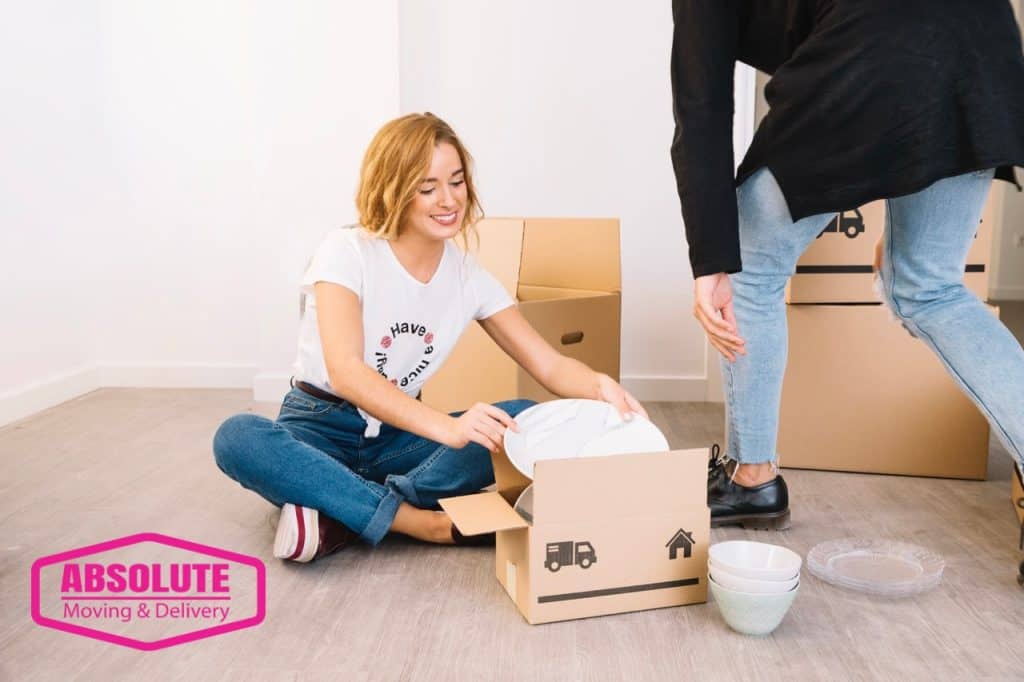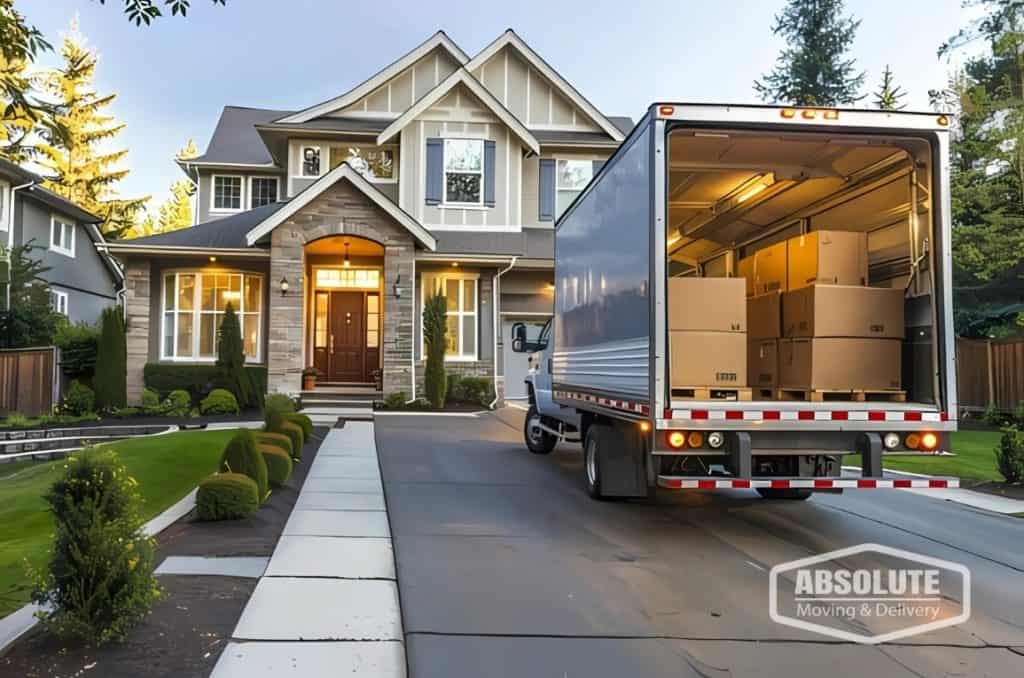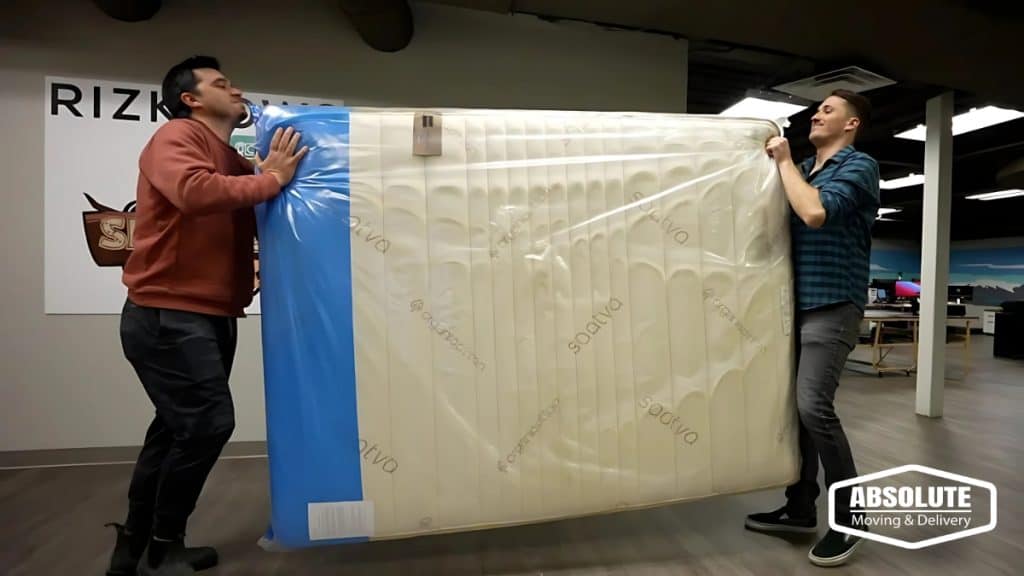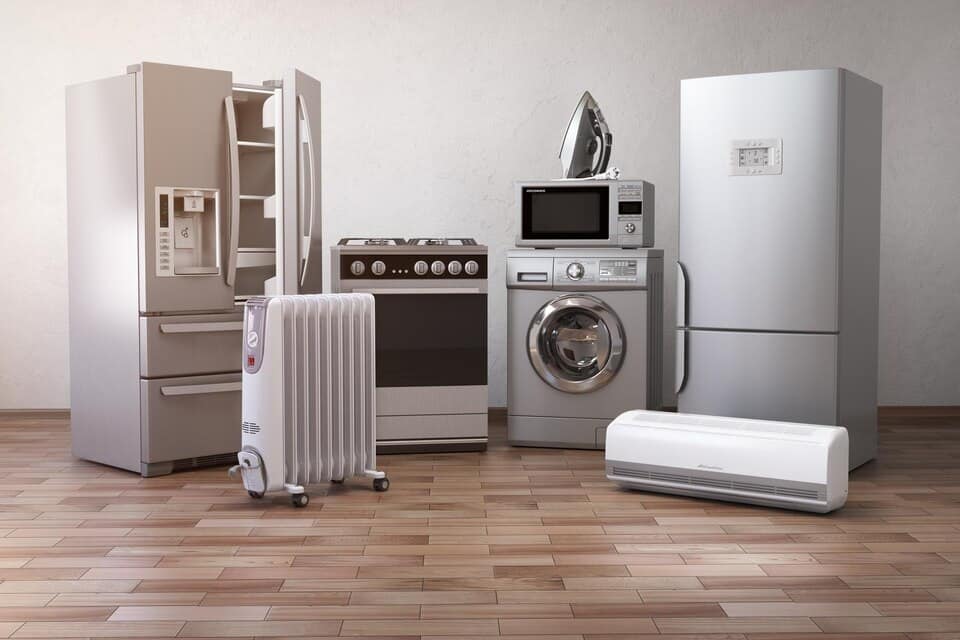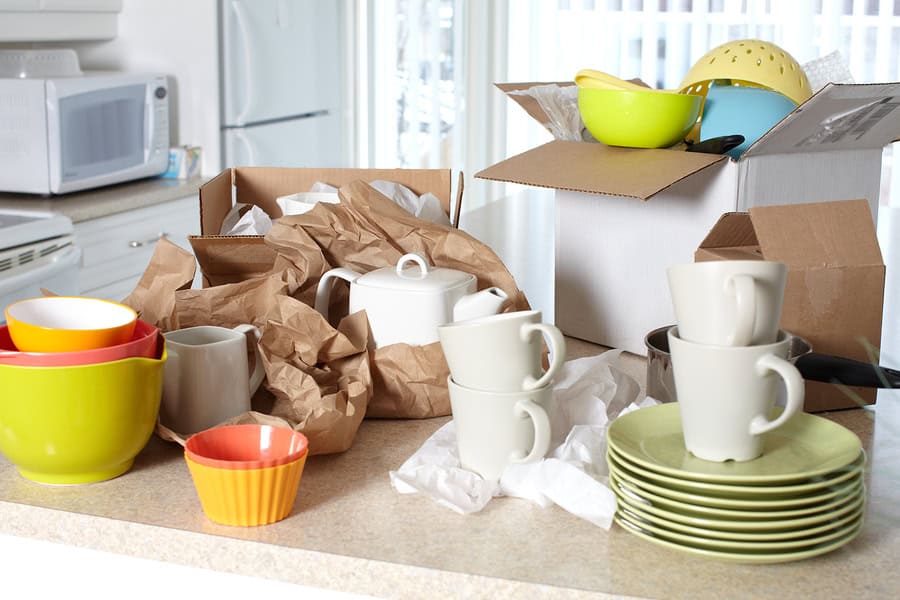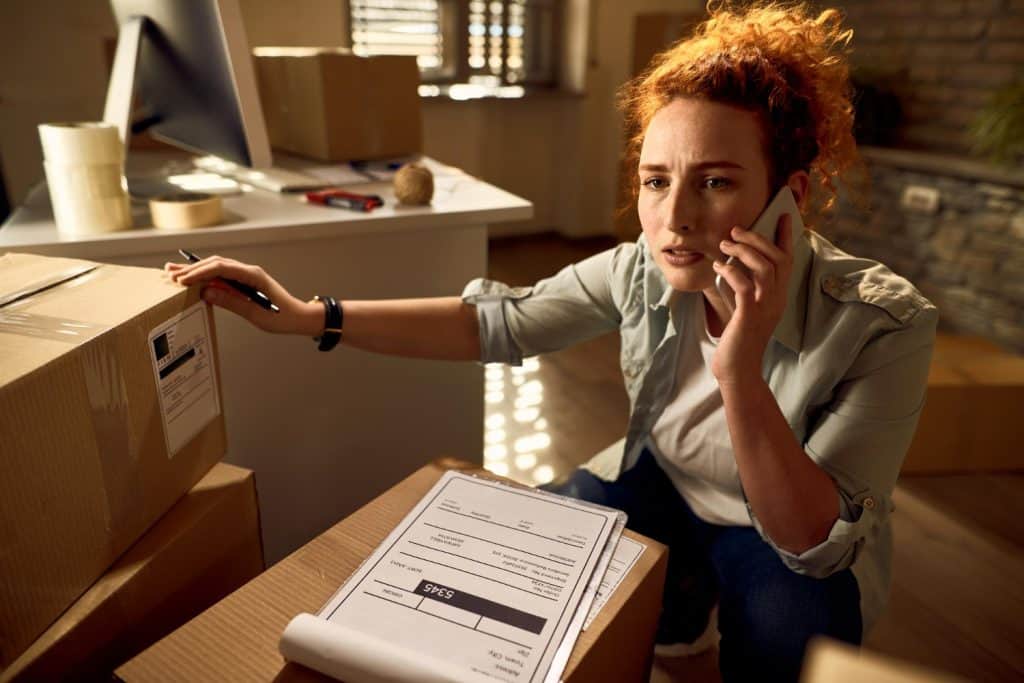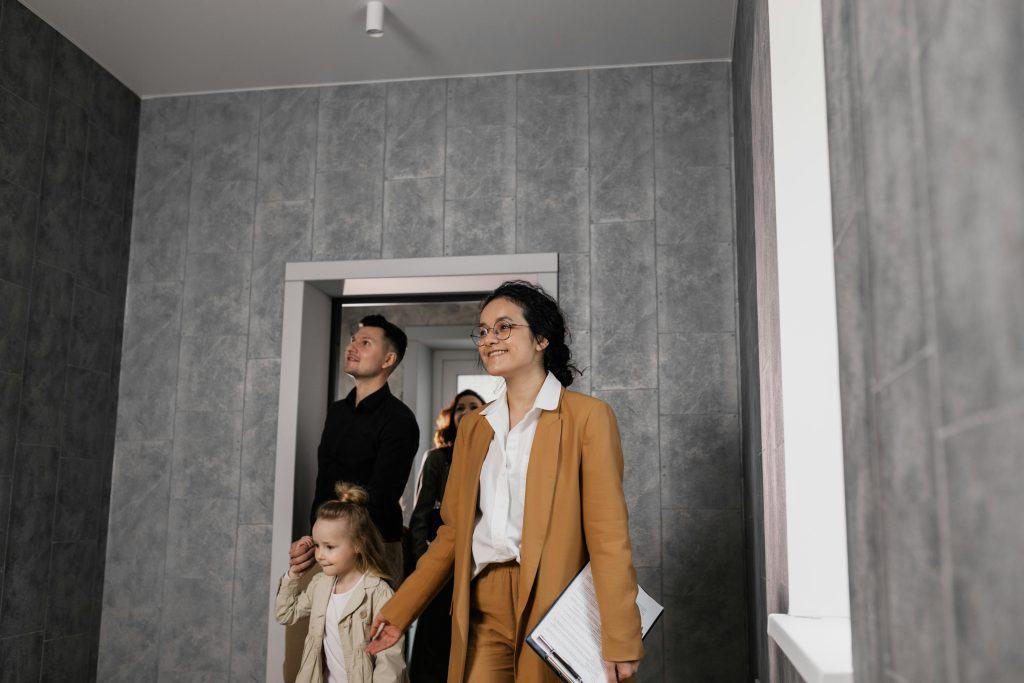
Every relocation is a milestone for families. So, you must prepare for a smooth and seamless transition. If you don’t know how to start, we laid the foundation for you. Everything can be learned now through this simple and practical guide. Now you and your family can enjoy the moving process.
Preparing Your Family Move
1. The Family Meeting
A family meeting to get the moving process started. Start off by posting maps or photos of the new neighborhood. This visual strategy is particularly useful for little children.
Communicate–allow your children to voice their anxieties, concerns and curiosity. Be candid about concerns and emphasize the positives of the move — new parks or schools. Finally, give everyone a role. For instance, the parents may handle logistics while the kids can help in decluttering or packing their own items.
2. Age-Appropriate Tasks
Age-appropriate tasks keep your child engaged. Your younger kids can assist by dividing toys into ‘keep’ and ‘donate’ piles. What a fantastic way to unclutter early, starting say, eight weeks before the move.
Older kids can mark boxes with bright markers, making unpacking entertaining and neat. For teenagers, show them how to pack breakables like dishes or electronics safely. Modify chores as needed for their capabilities, and don’t forget to touch base with them about their work — without hovering.
3. The “First Night” Box
A “first night” box takes the stress out of those first hours in your new home. Pack must-haves such as toiletries, pajamas and snacks for the whole crew. For children, include soothing items such as a beloved stuffed animal or security blanket to minimize stress.
Mark this box loud and proud and take it with you when you move, not in the moving truck. To generate excitement, throw in a little surprise, like a book or treat, to make that first night special.
4. Saying Goodbye
Saying goodbye is a heartfelt but necessary rite of passage. Throw a mini farewell party with your friends and neighbors. Have the kids swap contact information with their friends to keep in touch.
Make a memory book of photos and messages from friends and family. Before you go, take one last family visit to favorite local haunts to pay tribute to your days in the old hood.
Navigating Alberta’s Seasons
Alberta’s changing seasons provide some interesting obstacles for relocating families. Getting used to these realities is essential for a fuss-free transition — whether it’s getting around on icy winter roads or working around summer’s heat. Each season is one of careful planning for weather related logistics, timelines and costs.
Winter Moves
Winter in Alberta is wild – sub-zero temperatures and snowstorms can come unexpectedly. Make sure driveways and walkways are cleared of snow and ice – you don’t want to slip while doing all that heavy lifting. Beginning the day early is crucial, since daylight is short and night travel jeopardizes encountering ice.
When protecting items, cover boxes or furniture with plastic or tarps to prevent moisture. Delicate items, such as glassware or electronics, are particularly at risk in the freezing cold and might need additional insulation or to be stored in warmed vehicles. Bundle up in layers and have a hot cup of joe in hand to keep everyone cozy in the nippiness. Winter moves can take you more than one day because of delays, so remember that as well.
Summer Moves
With summer’s mild temperatures and longer days, summer is a very common moving season in Alberta. Peak heat can still be an obstacle. Plan to move first thing in the morning to escape the heat. Have sunscreen and water bottles available to keep everyone hydrated and avoid heat exhaustion, particularly for young kids or animals.
Heat-sensitive goods like candles, electronics or artwork should be packed carefully to avoid damage. When unpacking, utilize fans or portable air conditioners to cool rooms and keep yourself comfortable. Summer is perfect, but it’s moving season — May to September — so everything will be more expensive and in higher demand.
Seasonal Costs
- Account for snow-clearing services or winter tires in the cold season.
- Factor in portable cooling equipment for summer moves.
- Prepare for weather delays, which hike hourly moving rates.
- Look for deals for mid-week moves or out of season moves.
The Emotional Journey
Relocating with your family is beyond boxes – it’s an emotional journey for all involved. Kids especially might experience a cocktail of excitement and anxiety, and parents typically have to balance their own stress with being supportive of their children. If you handle these emotions thoughtfully, the process can reinforce family bonds and ease the transition for all involved.
Acknowledge Feelings
Allow yourself to acknowledge the feelings associated with leaving behind such familiar places and people. Kids may be sad to leave friends, a favorite park, or their school. Tell ’em it’s okay to feel that way! Relating your own emotions—say, the bittersweet thrill of a new beginning—can help them feel validated.
Prompt kids to vent creatively. Sketching images of their former residence or penning a diary entry on their anticipated nostalgia can aid in mental processing. If they express reservations, hear them out — don’t dismiss them. For instance, if they fret about not having made new friends, talk about what you can do to meet people in the new neighborhood — clubs, local activities, etc.
Maintain Routines
In the swirl of a move, routine is an anchor. Try to maintain meal and bedtimes, even if everything else still feels topsy turvy. Known rituals, such as bedtime stories or family game night, offer a feeling of consistency. For little ones in particular, having comfort objects—such as their beloved stuffed animal or blankie—nearby can quell fears.
Make changes gradually. If the move means a new school or daycare, attempt to stop in ahead of time so you can introduce your child to the new place. Slow changes make the unfamiliar seem less scary.
Build Excitement
Turning your attention toward positive transformations can do miracles. Reminisce about the cool things going on in the new home or neighborhood – be it a nearby playground or large backyard. Make it a family adventure to discover new places.
Get kids ownership of their new space by allowing them to add their own style to their rooms. Selecting wall colors or choosing bedding makes the new home your own. Emphasize new challenges, such as playing on a team or exploring your neighborhood.
Provide Reassurance
Kids flourish on that sense of safety. Remind them that home is more than a place, it’s where the family is. Provide lots of hugs, encouragement and patience as they acclimate.
Choosing Your Alberta Community
There are a few things to keep in mind when deciding on a community in Alberta. From schools to commute times, these are important factors to know before making your decision.
School Districts
Being close to decent schools will be important for you if you have kids. With many Alberta communities providing access to Alberta’s highest-rated schools – including Calgary’s public, Catholic, private and charter options. Here’s a quick comparison:
| School District | Ratings (1-10) | Programs Offered | Enrollment Policy |
|---|---|---|---|
| Calgary Public | 8-10 | IB, French Immersion | Open boundaries, deadlines vary |
| Edmonton Catholic | 7-9 | Arts, STEM-focused | Priority for local residents |
| Rocky View Schools | 8 | Advanced Placement (AP) | Open to nearby communities |
Look at how near schools in your area are to your home to cut down on daily commute times. Check out extracurriculars such as sports, arts or STEM clubs—these can enhance your child’s education! Make sure to check enrollment deadlines, which differ by district.
Family Amenities
Family-friendly neighborhoods tend to have parks, playgrounds and recreation centers. Communities like Mahogany in Calgary, which has lakes and walking trails, and Cranston, with its beautiful river valley views, are introducing new options for outdoor enthusiasts. Search for local libraries and pools to keep kids occupied all year round.
Community centers are great for meeting neighbors. Calgary alone has more than 150 community associations putting on events ranging from festivals to movie nights. Make sure there’s childcare and/or preschools available if you’ve got the littles.
Commute Times
Living near work, schools, and services is critical to staying balanced. Alberta’s weather, especially in the winter, can add substantial additional travel time. Take test drive routes during rush hour, or opt for neighborhoods with transit such as Calgary’s CTrain.
Think about bike-friendly trails or walkable avenues through places like McKenzie Towne with its small-town atmosphere. Finding this balance is key to long term satisfaction.
Community Safety and Engagement
Safety is paramount when it comes to families. Certain Alberta communities such as Calgary have crime rates lower than those across the country, providing peace of mind. Being involved locally can make families feel more connected. By way of example, Calgary’s Stampede festival unites neighbors, underscoring community spirit.
Your Moving Day Plan
Your moving day plan can make moving into your new home in Alberta less stressful! With these roles assigned, prepared-for-rough-patches mindset, and everyone accounted for, your family can coast through the day.
Child-Safe Zones
It’s important to establish a kid safe spot during the moving hustle. Set up a zone away from the lifting activity and congested hallways. Stock it up with their favorite snacks, toys, and entertainment. For instance, a mini play tent or tablet stuffed with their go-to episodes can do miracles. Designate an adult to monitor the younger children – this reduces accidents and allows you to step away and take care of other things. Baby gates or other temporary barriers can assist in restricting access to dangerous areas such as staircases or rooms with open boxes or tools.
The Travel Kit
A killer travel kit is a life saver. Have a bag with easy access to the essentials—water, healthy snacks, a first-aid kit. Throw in coloring books, puzzles or handheld games to keep the kids busy during any downtime. Comfort items like a beloved blanket or stuffed animal can help the day seem less intimidating for kids. Remember to keep essentials like medications, important papers and a change of clothes easily accessible. This kit will prove useful should unforeseen delays arise.
Pet Logistics
Moving day can be hard on your pet as well. If you can board your pets or leave them with a trusted friend, all the better — it will minimize the madness. If that’s not feasible, have a special bag ready for your furry companion with food, water and supplies. Update their tags or microchip information in advance with your new address. Once in your new home, let your pets acclimate slowly, beginning with one quiet room before letting them roam the house.
Settling Into Your New Home
Moving into a new home is exhilarating and taxing, particularly for families. No matter what your situation, these tips to settling into your new home will ensure that you and your family adjust like pros. Here are a few good general tips to help simplify things.
Unpack Kids’ Rooms First
Make your kids’ rooms a priority and get them set up first. A safe, comforting environment can soften the sting of transition. Set up their beds and favorite toys and decorations fast for a comforting feeling. Let kids choose where their beloved possessions live – this gives them ownership and makes the space feel more ‘theirs’.
It’s a wonderful opportunity to purge. Sort through clothes, books, toys, first – before you unpack it all. Hold onto only what’s significant or required. If you help them get their stuff sorted now, you set up a clean, organized environment where they’ll feel at home sooner.
Explore Locally
Exploring and becoming familiar with your neighborhood is crucial to settling in. Go on family walks to find parks, playgrounds and local stores just around the corner. A lot of communities in Alberta have recreational facilities, such as skating rinks or swimming pools, which can be enjoyable to explore as a shared experience.
Put yourself out there and attend local events or community gatherings to meet neighbors and get a feel for the area. Libraries and community centers frequently hold free kids activities, which can be a terrific way for your kids to make friends. Cultivating these relationships as soon as possible can make all the difference in how quickly your family feels at home.
Find Your New “Normal”
Routines are essential for establishing stability. Be it meals, bed or homework – stick to a schedule to help both kids and adults acclimate. Engage them ALL in decorating and settling into your new home — it’s something to CONNECT over and MAKE IT YOURS.
Schedule family excursions to discover Alberta’s treasures, from the Rockies to regional festivals. Even little milestones, such as your first week or month in the new home, are cause for celebration. These moments make the transition process magical.
Frequently Asked Questions
How can I make moving with kids less stressful?
Include your kids where you can by having them pack small items or select their room configurations. Do your best to maintain normal routine and discuss with them the move to put them at ease.
What should I know about Alberta’s seasons when moving?
Alberta’s winters are cold and summers are mild. If you’re moving in winter, get ready for snow and icy roads. For summer moves, pack water and hydrate. Just be sure to watch the forecast before moving day.
How do I choose the right Alberta community for my family?
Look up schools, healthcare, jobs and amenities in various locations. Go to neighborhoods if you can. Think about your family’s lifestyle and priorities, such as access to parks or public transit.
What should I include in my moving day plan?
Develop a checklist of tasks like packing, loading, cleaning, etc. Save space for such essentials as papers, munchies, and a first-aid kit. Be organized and you will save time and stress.
How long does it take to settle into a new home?
It may take weeks or months depending on your family. Begin unpacking necessities and making the space your own. Creating routines and discovering your new community will make you feel at home sooner.
How can I help my family adjust emotionally to the move?
Be open about it and let everyone talk about their emotions. Keep your chin up and look toward the possibilities of your new home. Get involved in local activities so everyone feels connected.
Are professional movers worth it for a family move?
Yeah, especially long distances. Professional movers take care of heavy lifting and logistics, freeing you from hassle, saving you time and effort. Do your homework and hire the good guys, it’ll be a smooth ride.
Ready to Make Your Family Move to Alberta a Success?
Whether you’re navigating winter weather, packing with little ones, or choosing the perfect neighborhood, our guide has you covered. Let our expert tips turn your relocation into a smooth and memorable experience. For reliable, family-friendly moving services in Calgary and Edmonton, trust Absolute Moving & Delivery to handle every detail with care. Call us at (587) 888-7553 or email us at support@absolutemovers.ca to get started. Let’s move your family forward — stress-free!

